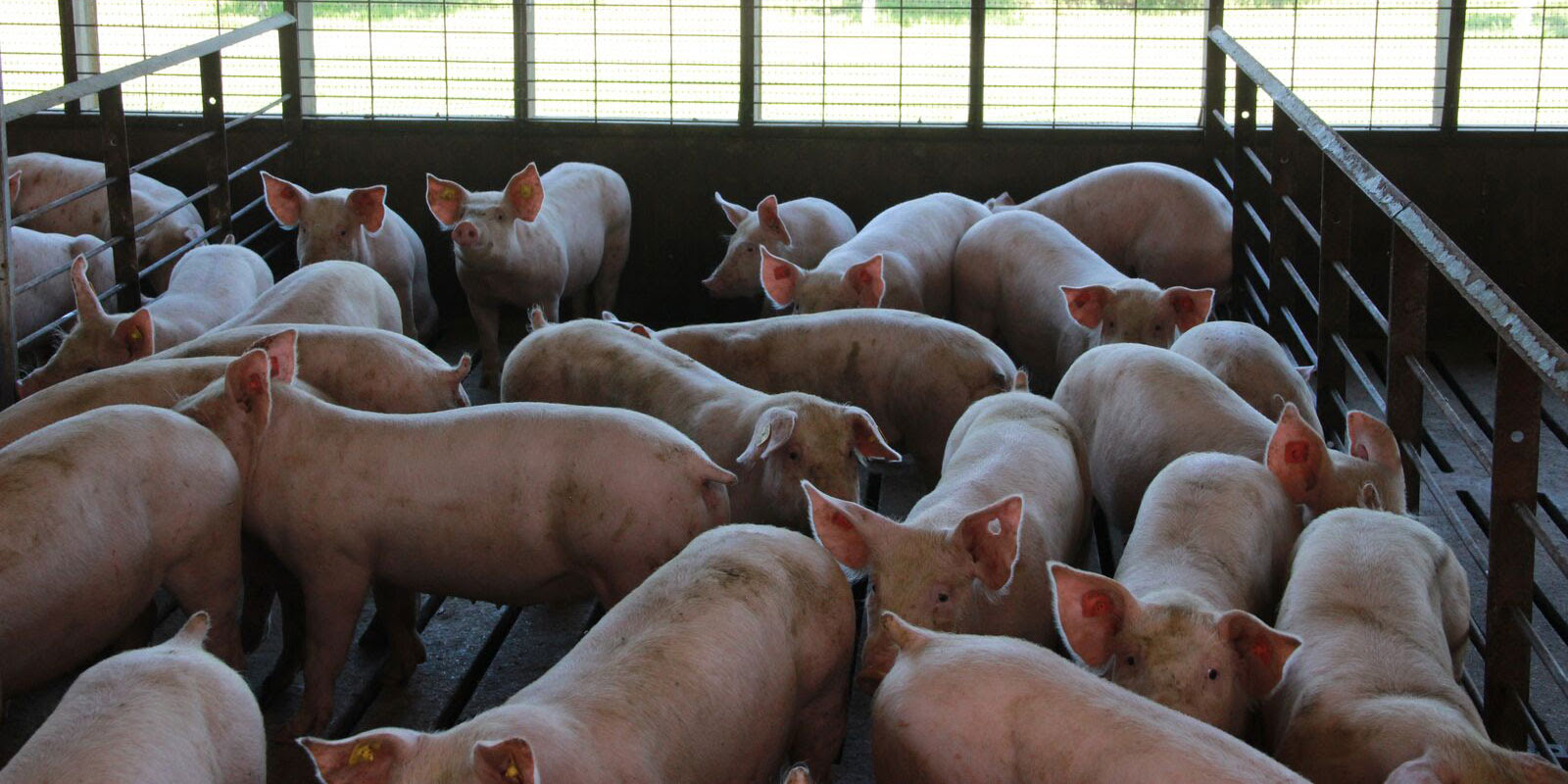LOCAL
Mass cull of midwest pigs
The closure of midwest slaughter facilities, as a result of COVID-19 outbreaks amongst workers, has led to the culling of nearly 90,000 pigs on Minnesota farms during the past month. Over 600,000 hogs are expected to be killed over the next six weeks, agricultural officials say. Carcasesses will not enter the food chain, but will instead be composted on leased sites spanning over 100 acres, a process described to be complicated in fully grown hogs. Truckloads of carcasses arrive at the sites daily, with over 5,000 pigs composted so far.
After decades of consolidation, mass-produced pigs are on tight slaughter timelines. Any delay and they become too big to safely slaughter. Farm space is finely calibrated for the continuous inflow of pigs, replacing those sent to slaughter. Farmers hoping to avoid culling are trying to slow growth by altering environmental living conditions and feed as they wait for plants to open. The staggering amount of economic loss and emotional anguish is described by the New York Times to be “dark days on many American pig farms.”
While there are euthanasia guidlines in place, farmers have not had to cull so many healthy animals before. In response, pork industry groups in the state have hosted conference calls on how to humanely kill large pig herds. Some farmers have lost as much as $390,000 in a single day. One farmer described killing 3,000 pigs in one day—by gunshot. Steve Meyer, a pork industry analyst, while recognizing the economic damage, says, “the emotional and psychological and spiritual impact of this will have much longer consequences.”
New York Times
NATIONAL
Rabbit Hemorrhagic Disease virus type 2
Rabbit Hemorrhagic Disease virus type 2 is killing rabbits, hares, and pikas across the western United States (Texas, Arizona, Colorado, Nevada, California) since being identified in southern New Mexico in March. This highly infectious viral fatal disease causes internal bleeding and swelling in both pets and wild animals, but is not harmful to humans. This is the first outbreak in wild rabbits in the US. Smaller outbreaks have occured in domesticated (pet) rabbits in Ohio, Washington, and New York.
Domesticated rabbits are thought to be the original source of disease, likely originating a decade prior from the import of European rabbits. However, ecologists are unsure how this second viral type arrived on US soil but speculate it may have come from rabbit meat, the domestic (pet) rabbit trade, or may have been circulating in northern Mexico. An outbreak killing 11 pet rabbits occurred this year in a New York veterinary clinic, also in March.
It is unknown if there will be widespread or concentrated outbreaks in wild rabbit species. This disease threatens several endangered or vulnerable rabbit species in California, including the Riparian brush rabbit, a species already battling habitat loss. A loss in rabbit population could send tremors throughout the ecosystem, ecologists say, as they serve as the primary source of prey to many predators and control plants through grazing. According to Ralph Zimmerman, the state veterinarian in New Mexico, not much can be done to control the disease in wild populations. A vaccine is available for domesticated rabbits in Europe but emergency approval must be granted for its use in pet rabbits rabbits in the US.
CNN
New York Times
INTERNATIONAL
Training dogs to sniff out COVID-19
Norman, Digby, Storm, Star, Jasper, and Asher are about to embark on a six to eight week training course in the United Kingdom to become “covid-dogs,” a team of labradors and cocker spaniels. The goal of these bio-detection dogs is to screen up to 250 asymptomatic people for COVID-19 per hour, serving as an early warning system for disease detection. According to researchers, dogs can successfully detect human diseases such as malaria, cancer, and Parkinson’s disease. Low concentrations of volatile organic compounds emitted from various diseases can be detected by the 300 million smell receptors in canine noses (humans have six million receptors).
This governmentally backed study is led by the London School of Hygiene & Tropical Medicine and Durham University. The first phase of the study includes collecting odor samples from both infected and uninfected patients in London hospitals - such as from used face masks. The dogs will be put to the test in live situations for the second phase. Next, is the trial phase, which will last three months and will help determine where to station the canines. Possibilities include airports or in other areas where testing is challenging.
A similar pilot training program, set to begin in July, will be conducted by researchers at the University of Pennsylvania School of Veterinary Medicine along with expertise from the U.S. Army Combat Capabilities Development Command Chemical Biological Center.
BBC
Penn Vet
|

